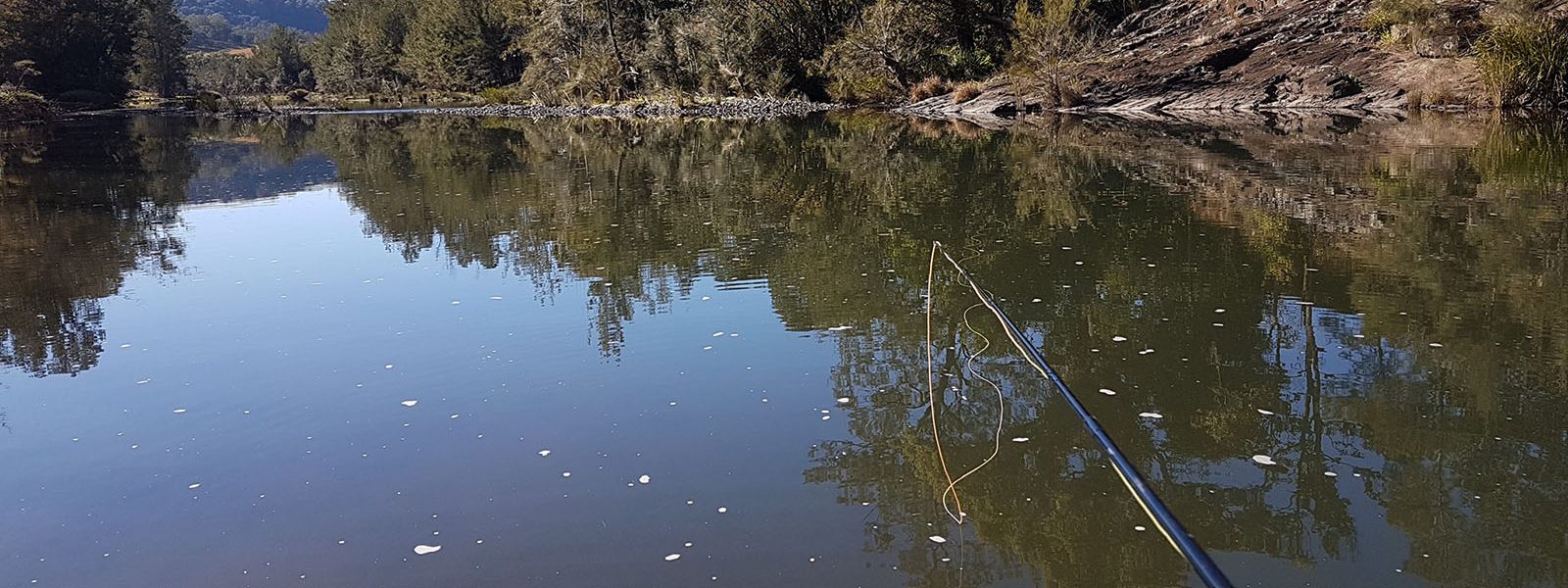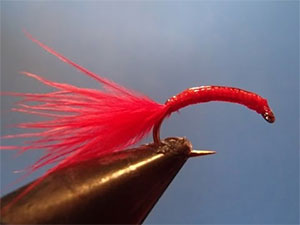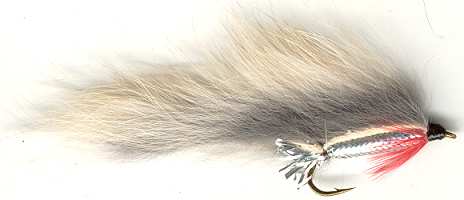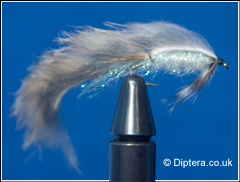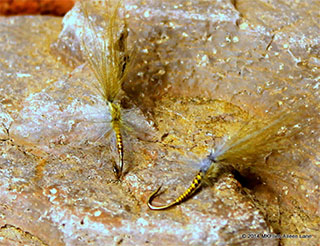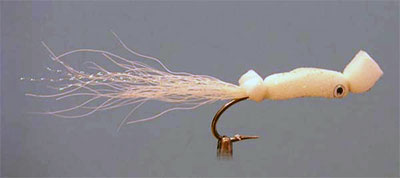Elk Hair Caddis
- Posted on:
- Author: Julian Tapping
- Categories: Fly of the Month
- Tags: dry flies

A classic caddis pattern used the world over. Simply substitute the body and wing colour to suit; the tying principals remain the same. It floats very well and is even very good skated across and down to rising fish slashing the naturals from the surface late in the day.
